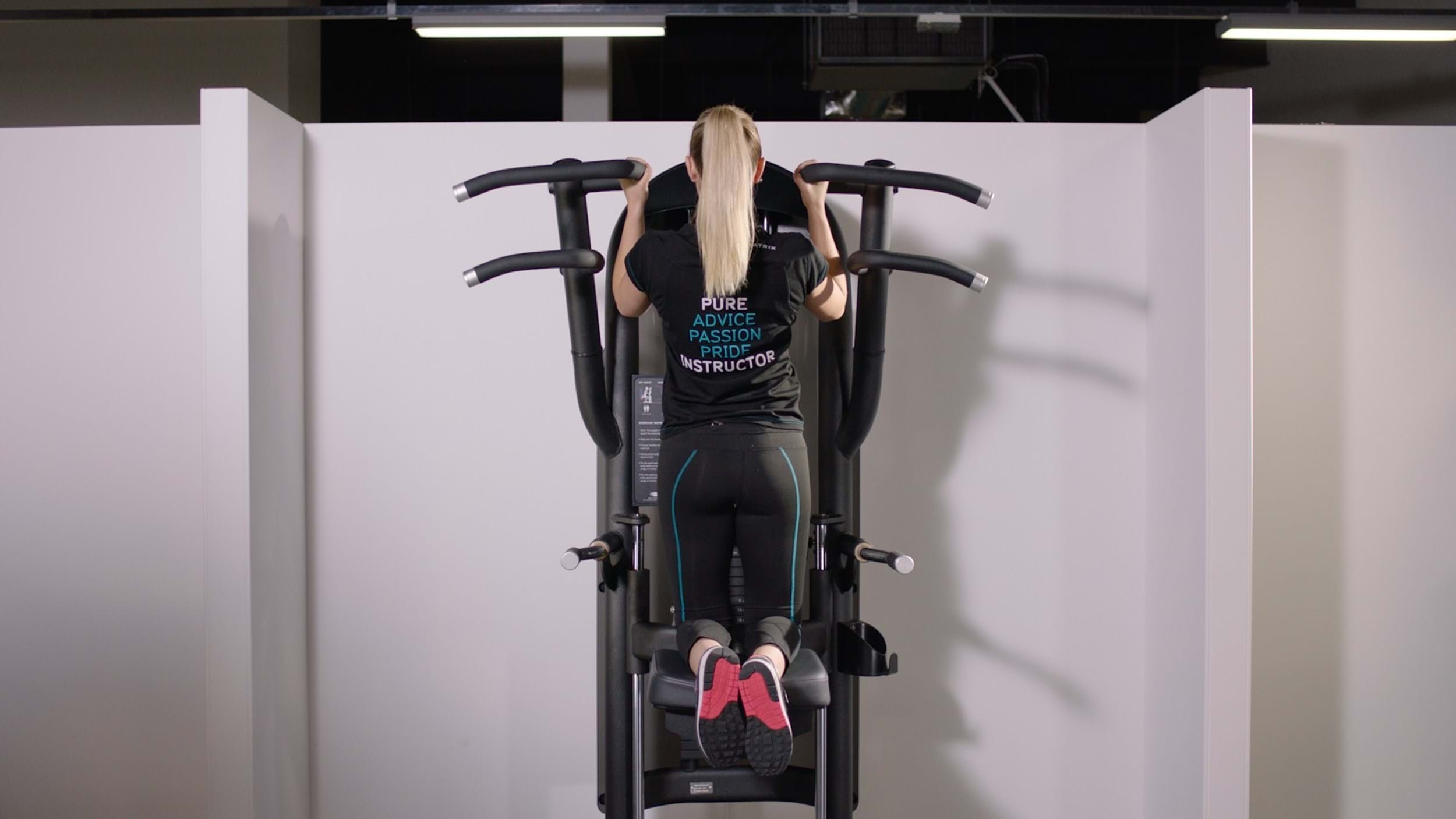Pull ups are a challenging but rewarding bodyweight exercise. Mastering this move demonstrates significant upper body strength and can be a major fitness goal for many. But how long does it take to learn a pull up? This guide will explore the factors influencing the learning curve, provide effective exercises to build strength, and offer a realistic timeline for achieving your first pull up.
Factors Affecting How Long It Takes to Learn Pull Ups
Several variables determine how long it takes to learn a pull up. Your current fitness level, body weight, and training frequency all play crucial roles.
- Current Fitness Level: If you’re already strength training regularly, you might see progress faster than someone starting from scratch. Previous experience with exercises like lat pulldowns or rows can provide a foundation.
- Body Weight: Lifting your entire body weight requires significant strength. Individuals with a lower body weight often find pull ups easier initially.
- Training Consistency: Consistent training is key. Aim for dedicated pull up training sessions several times per week. Progressive overload, gradually increasing the difficulty of your workouts, is essential for continued progress.
Generally, individuals with some strength training experience can expect to achieve their first pull up within 6-12 weeks of focused training. Beginners may require a longer timeframe.
Exercises to Help You Learn Pull Ups
While the pull up itself is a great exercise, building foundational strength through accessory movements is crucial. Here are some effective exercises to incorporate into your routine:

- Assisted Pull Ups: These utilize a machine or resistance bands to reduce the amount of weight you need to lift, allowing you to practice the movement pattern and build strength.
- Negative Pull Ups (Eccentric Pull Ups): Focus on the lowering portion of the pull up. Jump or use a box to get to the top position, then slowly lower yourself down. This builds strength in the key muscles.
- Lat Pulldowns: This exercise closely mimics the pull up motion using a cable machine. It strengthens the lats, biceps, and back muscles necessary for pull ups.
- Australian Pull Ups (Inverted Rows): Performed using a low bar or TRX straps, this exercise builds horizontal pulling strength, which translates to pull up proficiency.
- Dumbbell Rows: Strengthening your back muscles with rows is crucial. Focus on proper form and controlled movements.
- Bicep Curls: Strong biceps assist in the pulling motion of a pull up. Include bicep curls in your routine to build arm strength.
- Straight Arm Hangs: Improving grip strength and shoulder stability is crucial. Practice hanging from the pull up bar with straight arms for as long as possible.
Reps, Sets, and Training Frequency
Aim for 3-4 sets of each exercise, choosing a weight or resistance level that allows you to perform 8-12 repetitions with good form. Focus on controlled movements and proper technique. Gradually increase the difficulty as you get stronger. Aim for 2-3 pull up specific training sessions per week, allowing for rest and recovery between workouts.
Is it Harder for Women to Learn Pull Ups?
On average, women tend to have less upper body muscle mass than men, making pull ups initially more challenging. However, with consistent training and the right exercises, women can absolutely master pull ups.
Conclusion
Learning a pull up requires dedication and consistent effort. By incorporating the exercises outlined above into your routine and progressively overloading your workouts, you’ll steadily build the necessary strength. Remember, consistency is key. Don’t get discouraged if you don’t see results immediately. Keep practicing, and you’ll eventually achieve your first pull up. Focus on proper form and listen to your body throughout the process.

